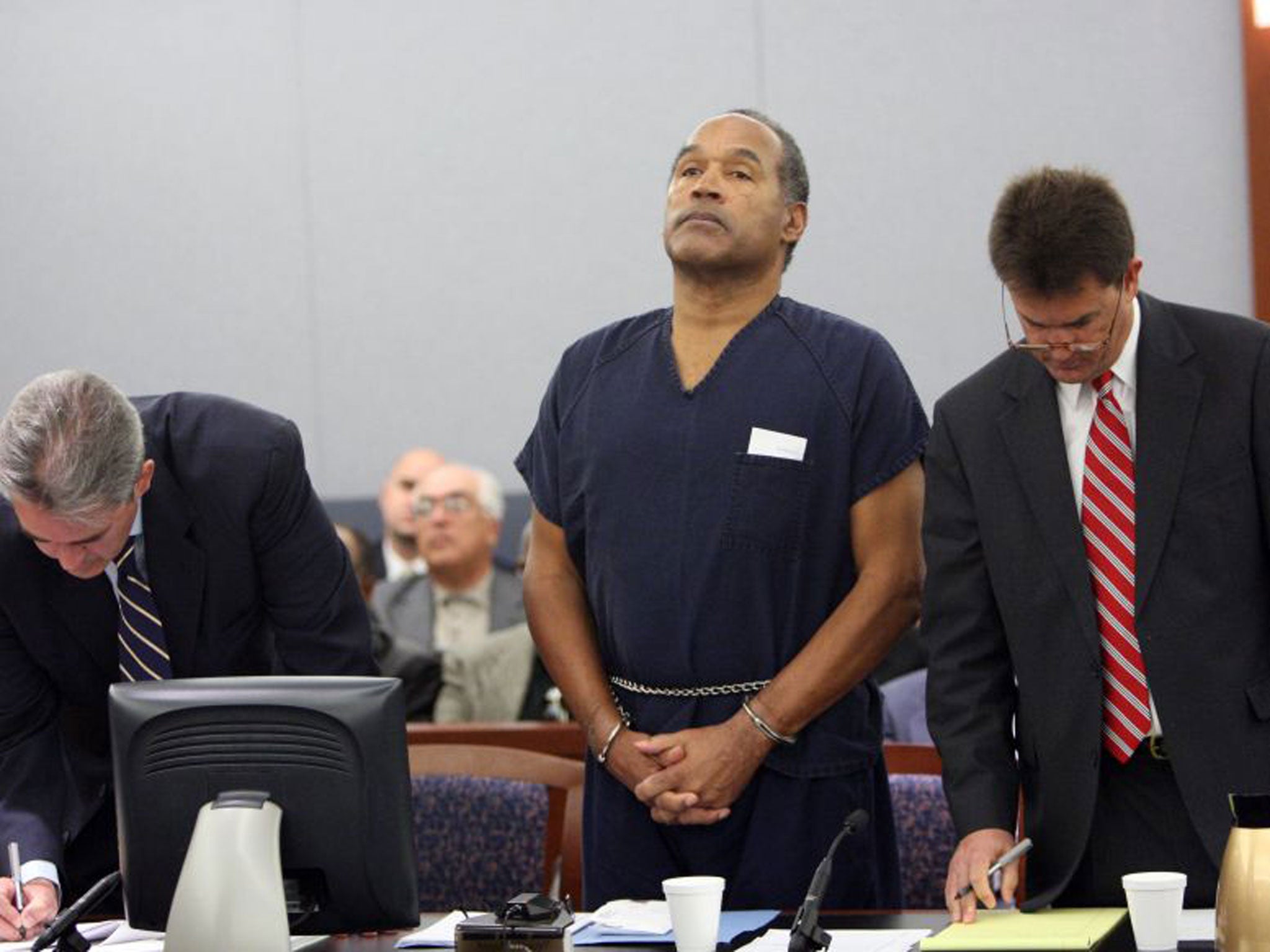American-style televised courts move a step closer: Channel 4 to show a British murder trial for first time

The prospect of American-style televised courts has moved a step closer after Channel 4 announced that it is to show a British murder trial in its entirety for the first time.
Remotely-operated cameras were installed in an Edinburgh court room to film the trial of Nat Fraser, a Scottish man accused of murdering his wife, Arlene, whose body was never found.
After three years of negotiation, the Scottish High Court granted permission for the trial to be filmed. The results will be screened as a 90-minute Channel 4 documentary called The Murder Trial.
Filming in crown courts in England and Wales is still prohibited. But the Scottish judicial authorities have declared a willingness to explore the possibility of allowing cameras into courts as long as all the parties involved agree.
The Judicial Office for Scotland gave permission for Windfall Films to film a number of trials, beginning with the retrial last year of Fraser, 53, for the murder of his estranged wife, Arlene, 33, who vanished from her home in New Elgin, Moray, in 1998.
A jury in 2003 found Fraser, who appeared to have a solid alibi for the day she disappeared, guilty.
Although he lost an appeal to the Court of Criminal Appeal in Edinburgh, a retrial was allowed when the Supreme Court in London held that his trial had been unfair because evidence had not been disclosed to the defence lawyers. The verdict was quashed and a retrial held last April, following changes to Scotland’s “double jeopardy” law.
The cameras follow the case over six weeks as the prosecution QC Alex Prentice and the defence QC John Scott dissect 104 pieces of evidence and cross-examine 70 witnesses.
Discreetly-placed remote-controlled cameras allow witnesses to give evidence without the visible distraction of a film crew inside the courtroom.
The cameras show the impact of events on Arlene Fraser’s family, who had been waiting for justice for 14 years. The film goes “behind the scenes” with the QCs, as they discuss the trial’s progress in their chambers.
Channel 4 said the film was designed to “show the process of justice in a Scottish court”. The broadcaster’s publicity material also presents the documentary as a courtroom thriller – “Would they find him (Fraser) innocent or convict him of murder?,” it asks.
Cameras had been permitted in Scottish courts for the bail application for Abdul Baset Ali al-Megrahi, the convicted Lockerbie bomber. However, the Fraser trial is the first occasion that the cameras were allowed to record a full hearing. Filming always took place at the discretion of the judge.
Fraser, jailed for a minimum of 17 years at the trial after being found guilty for the second time of murdering Arlene, is appealing against the conviction and will return to court next month.
The introduction of cameras was criticised by the Scottish advocate Donald Findlay, QC. “It turns the whole thing into a media circus,” Mr Findlay argued. “Cameras in court will put pressure on people: pressure on witnesses, pressure on lawyers - creating an additional level of stress to something which itself is stressful enough.”
Jay Hunt, Channel 4’s Chief Creative Officer, said she hoped the film would encourage a further loosening of the prohibition on cameras in courtrooms. “We hope to do more of these,” she said. “We went through all the compliance so we can show people in an authentic way what happens in a Scottish court, the cross-examination, the judge and so on. It has to be a good thing.”
Windfall had previously sought to record a murder trial at the High Court in Glasgow in 2009 but the victim’s family withdrew their consent to being involved. Windfall applied for permission to film a second Scottish murder trial for Channel 4 in January.
Courts on camera
History was made last April when television cameras filmed the sentencing of a murder victim for the first time. Cameras at Edinburgh High Court recorded the judge Lord Bracadale telling David Gilroy, 49, that he had shown “chilling calmness and calculation” when he attacked Suzanne Pilley, 38, and disposed of her body. Only the judge and court officials were shown.
Judgements handed down by the UK Supreme Court, the highest in the land, are already filmed. The court is on Twitter and YouTube.
Broadcasters will be allowed into the Court of Appeal from October and senior judges will be offered training before appearing on camera.
Ministers plan to extend filming into crown courts to show judges’ sentencing remarks “in due course”.
Lord Judge, the Lord Chief Justice, said he feared judges could be booed from the gallery. But added: "I’m perfectly happy with cameras coming into court, provided their presence doesn’t increase the risk that justice won’t be done.”
Damian Green, the Criminal Justice Minister, warned: “There are people who don't want to end up with an American system where you have celebrity lawyers and so on. Taking the first step of having judges read out verdicts and sentences is an extraordinary step forward for the courts. Let’s see how that does.”
Join our commenting forum
Join thought-provoking conversations, follow other Independent readers and see their replies
Comments
Bookmark popover
Removed from bookmarks